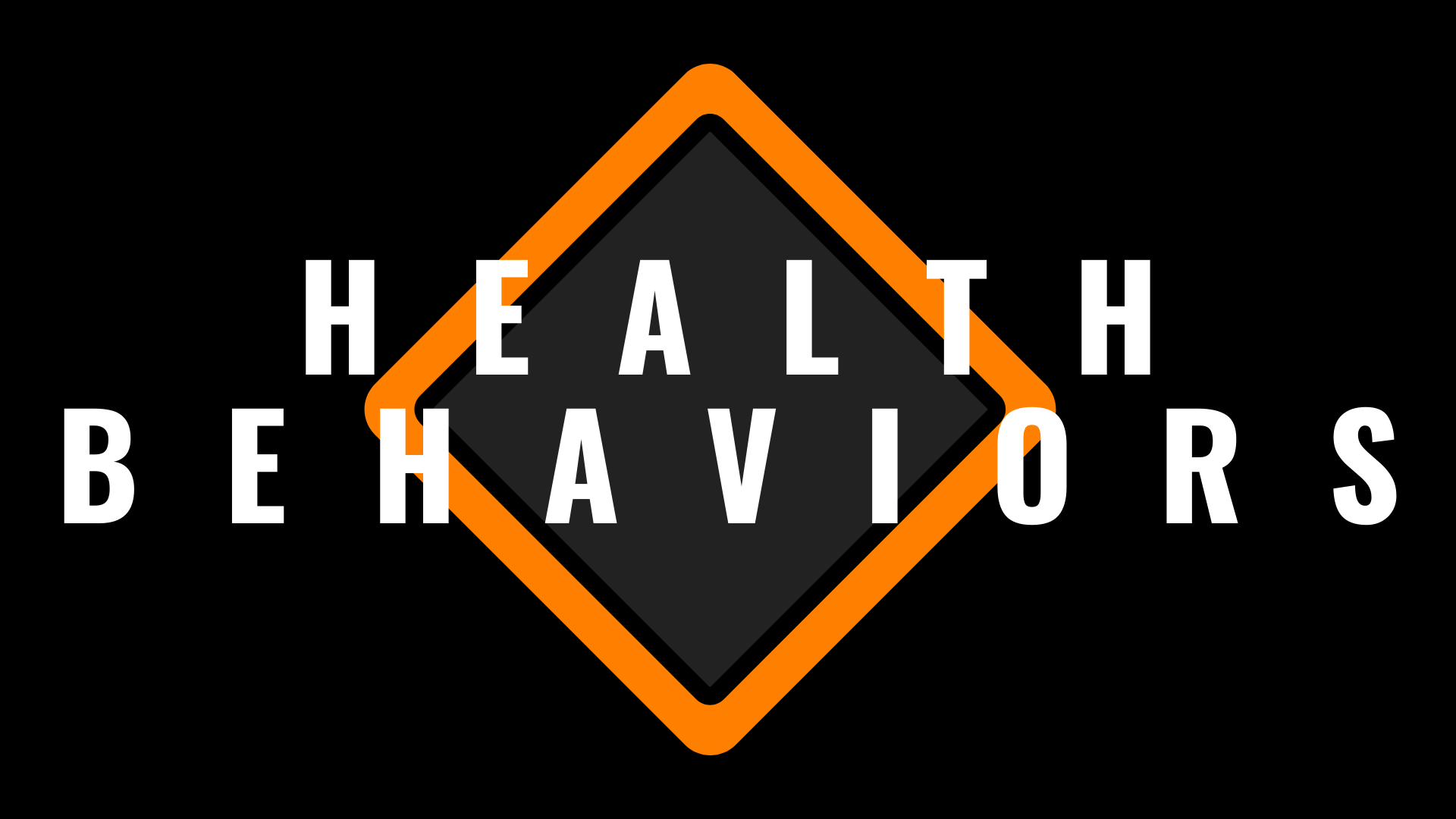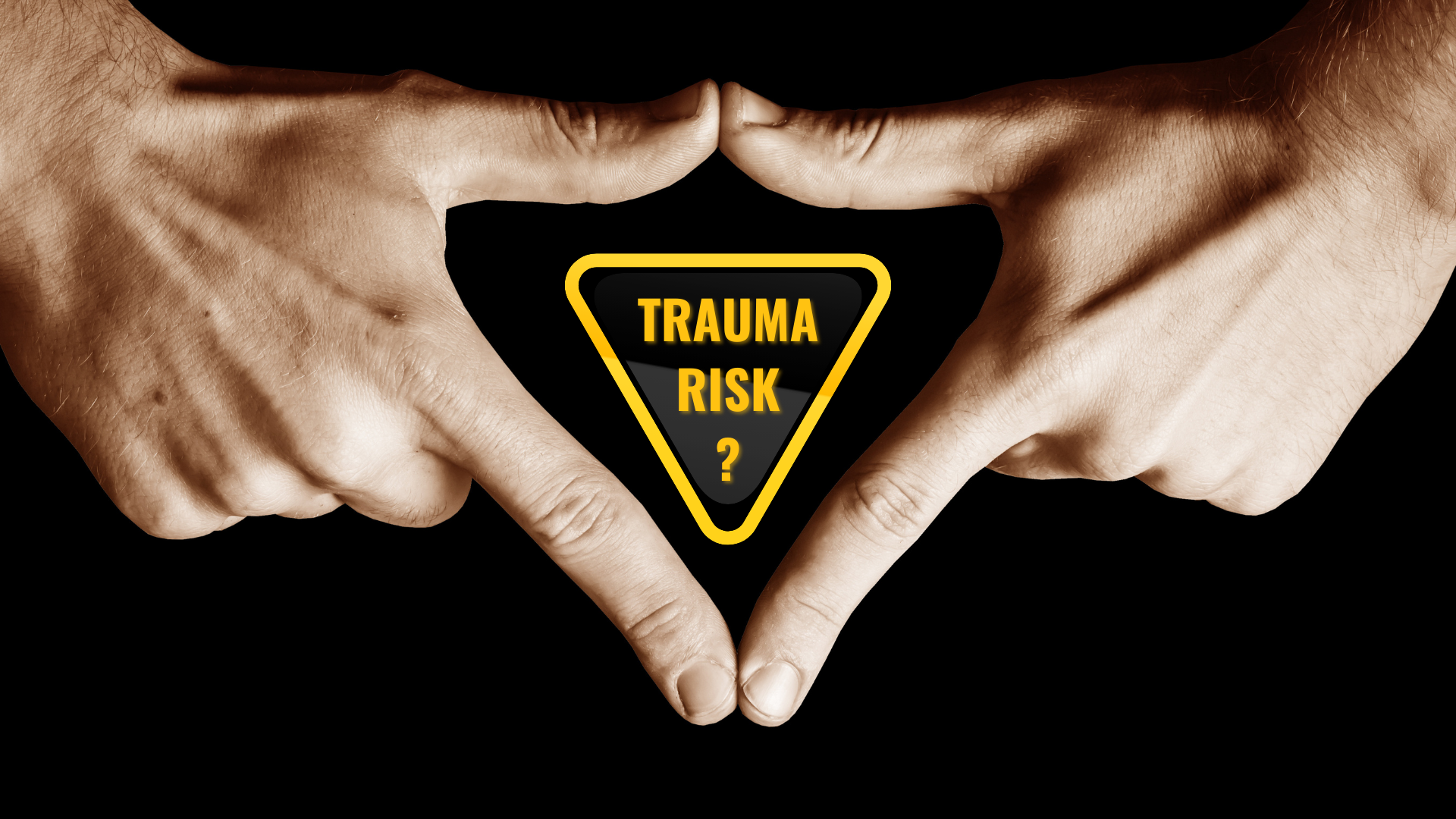TAKE THE ASSESSMENT


VISUAL LEARNER?
Here's an interactive infographic to see how it all fits together. You will also find a text-based summary followed by the assessment methodology below.






BACKGROUND
Risk scores are based on the well established Adverse Childhood Experiences Assessment. Component parts include: adverse experiences, health behaviors and social determinants of health. The major difference is this tool measures cumulative adverse experiences through a lifetime, not just childhood. Since very few have received treatment, there is good reason to believe adverse experiences continue to compound throughout life. Additionally, there are many more experiences that can be traumatic. For these reasons, there is reason to believe the risk scores are a conservative estimate. Use the ACE assessment as the foundation is also useful since many trauma-related epidemiological findings have been established based on ACE scores.
METHODOLOGY
To arrive at a score, I have used questions from the original ACE assessment and multiplied each affirmative response by a multiple of 5, to arrive at a total possible score of 100. It might seem unrealistic to imagine a possible trauma risk score of 100, but unfortunately it's not. The chart below shows how this threshold is reached. It makes sense when you realize that every human has tolerance threshold.
I have taken only two liberties to translate the ACE questions into this assessment:
1) Separate questions about alcohol and smoking have been consolidated into a question assessing addictions.
2) Separate questions on basic life needs (ex. housing, food, transportation and education) have been consolidated into a question assessing having the resources to meet basic life needs.
A full list of questions from the original ACE study is provided below.
This is not meant to be perfect, but it is intended to be a solid starting point to guide reflection and discussion related to trauma risk. I welcome feedback for improvements.




